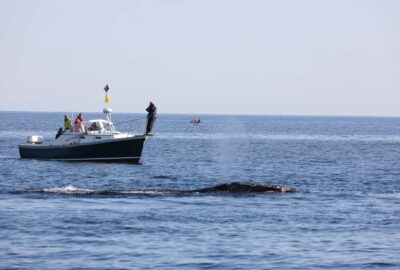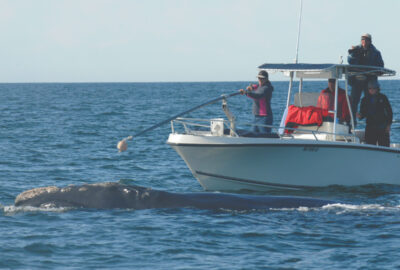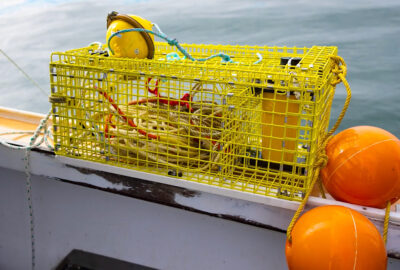An Odd Winter for Right Whales
Philip Hamilton, a Research Scientist with the Anderson Cabot Center’s Right Whale Research Program, adds some context to this winter's right whale sightings.
By Philip Hamilton on Wednesday, February 14, 2018

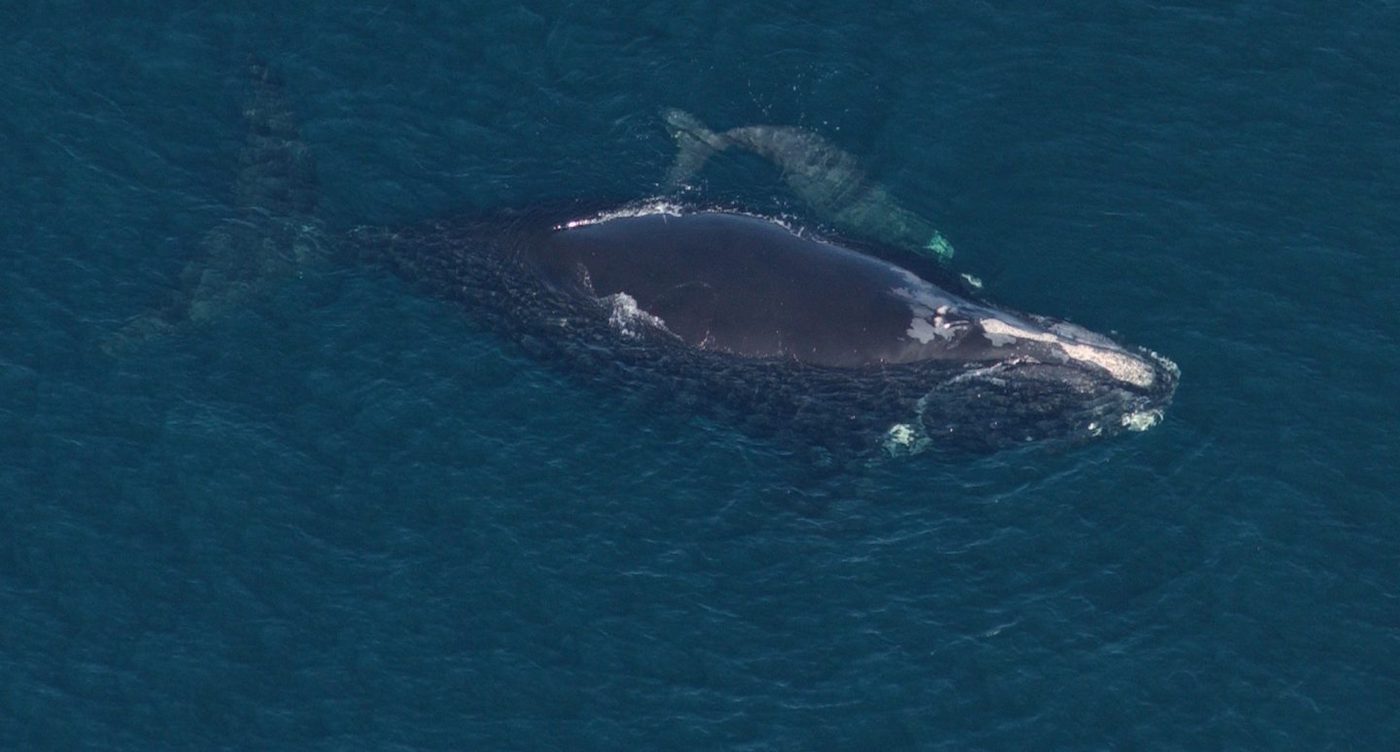
It has been an odd winter for right whale sightings. The first sighting in southern waters was actually in the Gulf of Mexico—a rare but not unheard of event. The young whale was seen off Panama City, FL, from a condominium on January 15. A week later, likely the same whale was seen off Marco Island, FL, south of Naples. There have only been 12 photographed right whale sightings in the Gulf of Mexico before this, the most recent in 2006.
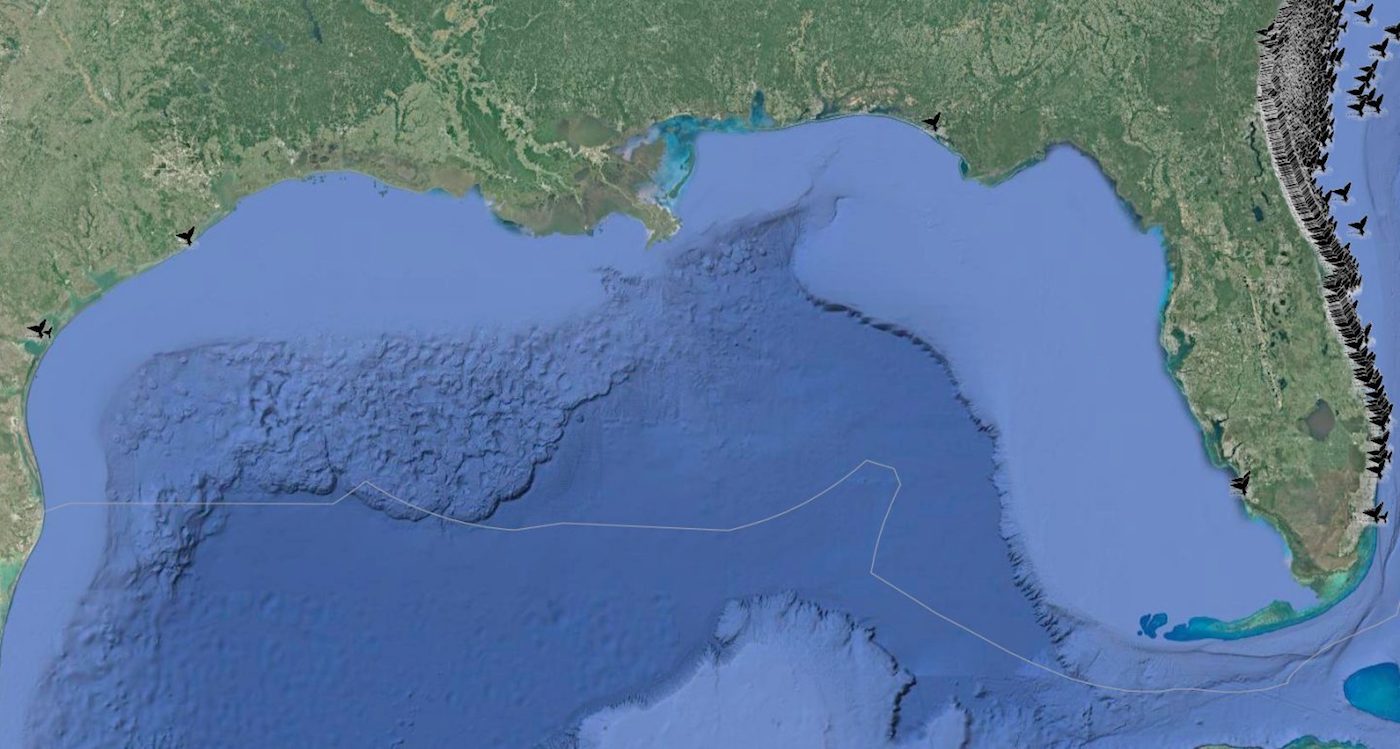
Meanwhile, on the East Coast, things had been very quiet. Four days after the last Gulf of Mexico sighting, the Sea to Shore Alliance aerial survey team found four live right whales while trying to relocate a dead, entangled right whale that had been reported by some fishermen off Virginia. We were able to identify the dead whale as Catalog #3893—a 10 year old female that had last been seen alive and free of gear on July 29, 2017 in the Gulf of St. Lawrence. The live whales included three adult females and an adult male—all around 50 miles from shore. It will be interesting to see if the Gulf of Mexico whale, or the whales off Virginia, show up in the main calving area east of Florida and Georgia.
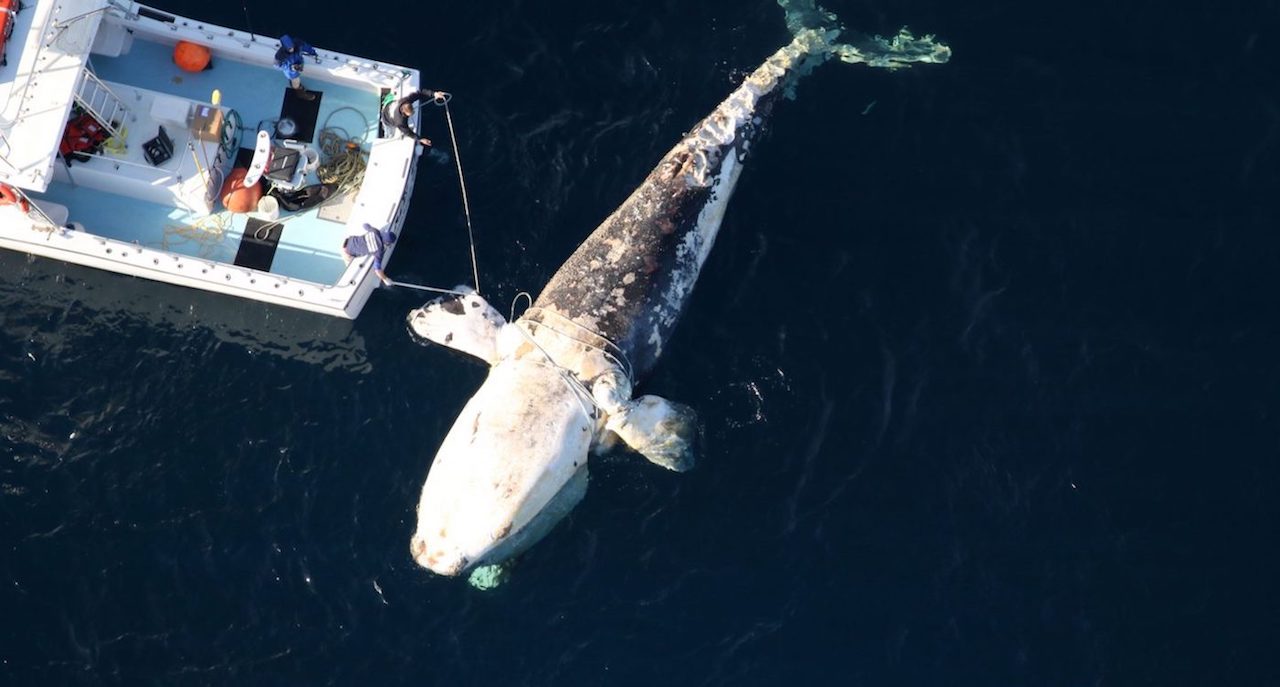
The only whales seen in the main calving area this season are one adult and one juvenile female— both seen on January 31. There have been no sightings since then. The juvenile female, #4111, was thought to have died last summer as determined from genetics (the carcass was too decomposed to identify through photographs alone). After reviewing the genetic data again, the team at Trent and St Mary’s University discovered that the dead whale from the unusual mortality event was in fact #4111’s mother, Mystique #1911. This discovery elicited mixed emotions. We are happy that seven year old #4111 is alive and may soon be having her first calf. We are sad for the loss of Mystique—an old friend who we watched grow from her birth in 1998 through the birth of her 4th calf in 2011.
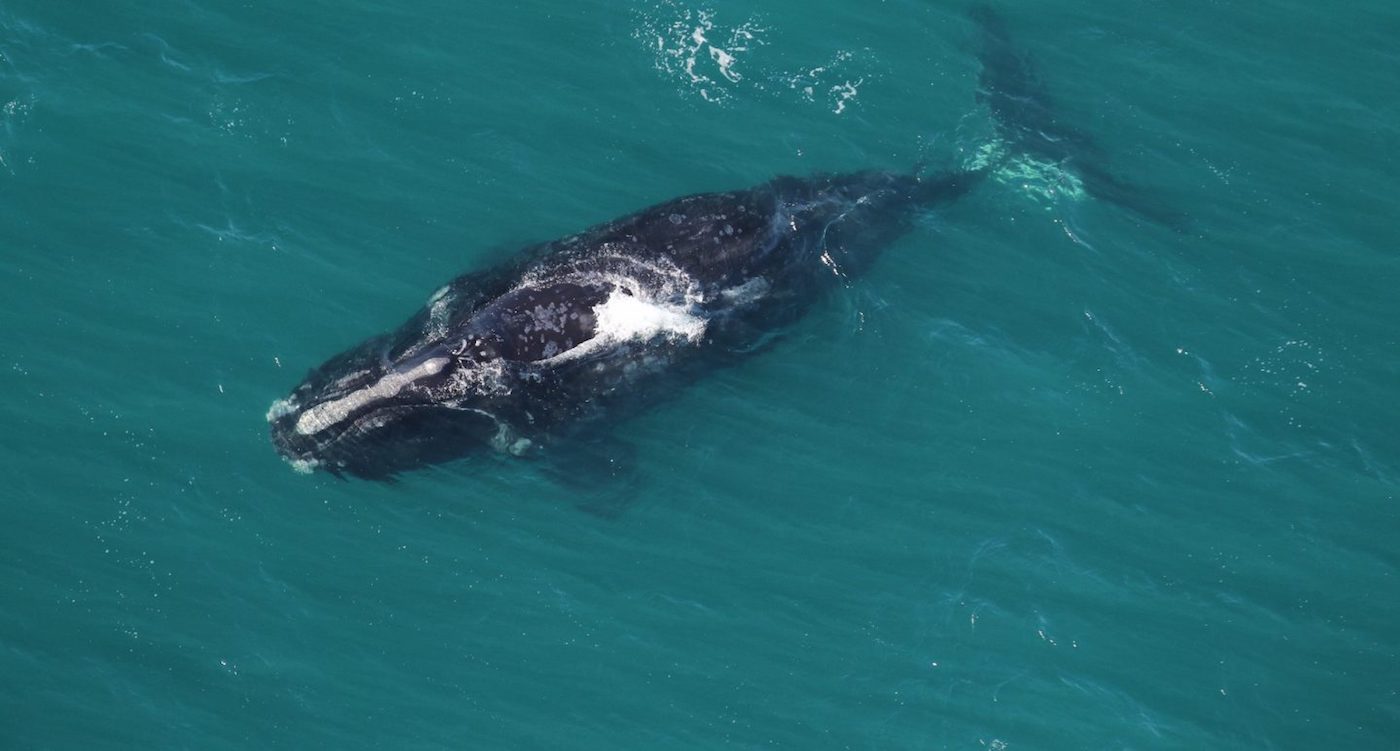

As of today, no 2018 calves have been seen. Right whales have always been seen off Florida and Georgia in December and January since consistent aerial surveys began in the early 1990s, and the first calf has always been seen before the end of January.
What does this odd winter season mean for right whales? There is a small chance that they have adjusted their calving area, just as they have adjusted their feeding areas in recent years, but that is a slim hope. We will look to the spring to see if any calves are found on the feeding grounds (last Spring, two new mom and calf pairs were discovered in the Northeast), and hope that right whale longevity will provide them the opportunity to adjust to a rapidly changing ocean.

